In a post last June I began to track how museums are invoked by protesters calling for the removal of monuments and symbols celebrating the Confederacy in particular, and America’s slave-holding past more generally. In the ensuing months, these protests have increased in scope and volume. A statue of Jefferson Davis has been removed from the University of Texas, Austin. A stain-glass window in Calhoun College at Yale has been redacted to remove the image of a slave kneeling at Calhoun’s feet, and now students are pressuring the university to rename the residential college itself. Students at the University of Missouri are trying to oust a statue of Thomas Jefferson. Some private non-profit museums have a choice, however difficult or fraught, about what role to play in where such ethically and historically fraught artifacts are stored and how (or if) they are exhibited. Other museums fill a role assigned by the city, state or college which governs them. Today on the blog, Daniel Vivian (@dcslim on Twitter), assistant professor of history at the University of Louisville shares how one call to “put it in a museum” is playing out in the state of Kentucky.
As debates about Confederate symbols continue, the fate of Kentucky’s most prominent statue of Confederate President and native son Jefferson Davis remains unclear. Last August, the Kentucky Historic Prosperities Advisory Commission (HPAC), the state board charged with oversight of several state-owned historic buildings, voted 7-2 to leave the statue in the rotunda of the state capitol building, where it has stood since 1936. The decision seemed to put the issue to rest. In September, however, seventy-two historians from sixteen Kentucky colleges and universities signed a letter urging the statue be moved to a museum. Then, during a contentious gubernatorial campaign, Democratic nominee Jack Conway and Republican candidate Matt Bevin both announced they would support removal. Now that Bevin has taken office, people throughout the commonwealth await the next move.
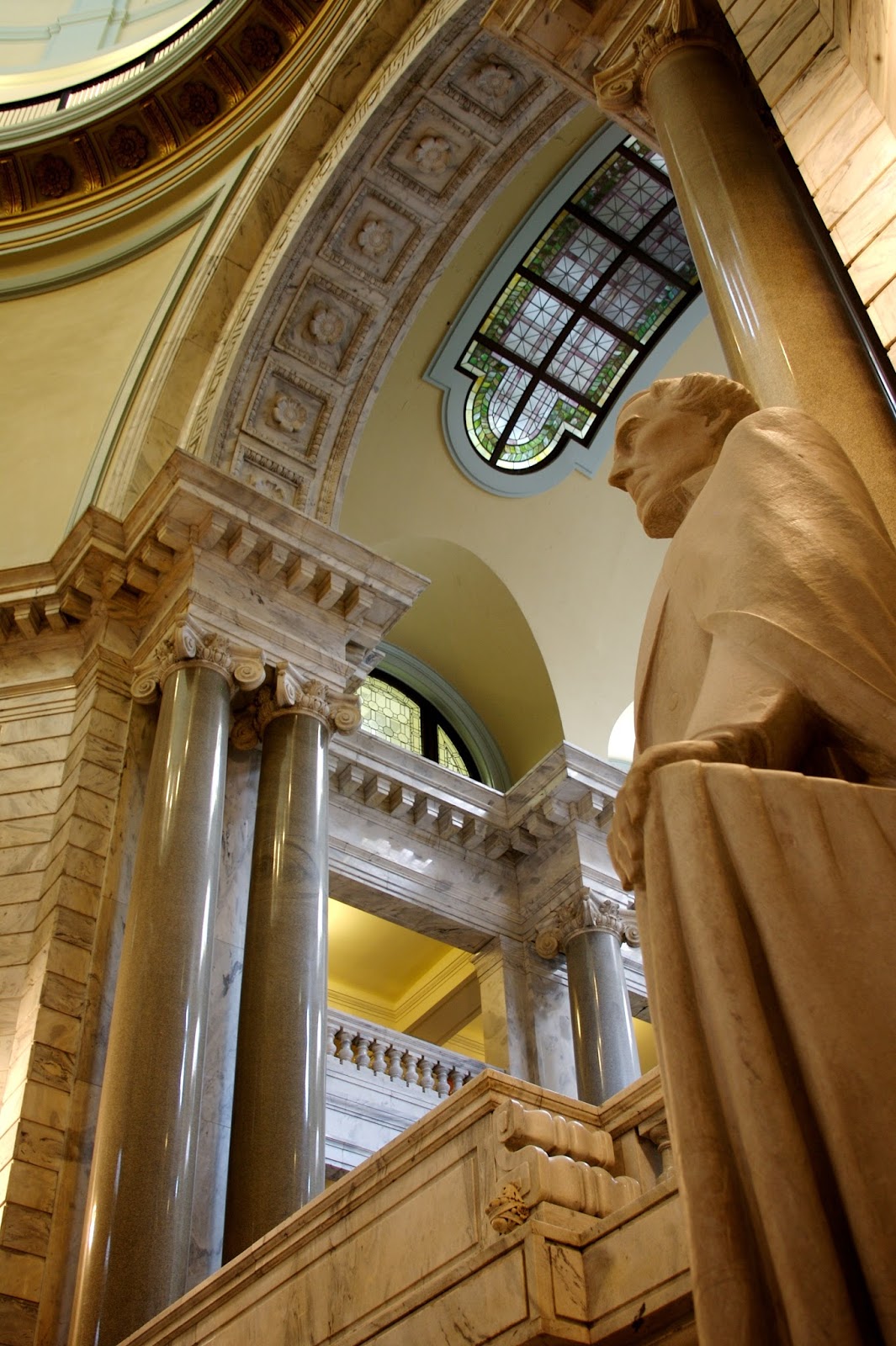 |
| Jefferson Davis statue taken by David Buchta, Director and State Curator of the Kentucky Division of Historic Properties |
The Davis statue took its place in the capitol rotunda as efforts to memorialize the Confederacy ebbed. Support for a monument honoring Davis began after his funeral in 1899. In 1907, the unveiling of a grand memorial on Monument Avenue in Richmond, Virginia, signified Davis’s ascendancy among the Confederacy’s heroes. White southerners saw Davis as a symbol for the righteousness of the Confederacy’s cause and the South’s suffering after the Civil War. In 1913, the United Daughters of the Confederacy (UDC) proposed a coast-to-coast highway named for the Confederate president. Four years later, Kentuckians began construction of a 351-foot concrete obelisk at Davis’s birthplace in Fairview, Kentucky. Completed in 1924, the monument is today the featured attraction at Jefferson Davis State Historic Site.
The rotunda statue took its place with relatively little fanfare. In 1932, the UDC commissioned Frederick Cleveland Hibbard to create a statue of Davis to stand alongside several others in the capitol. Hibbard, an experienced sculptor of Confederate monuments, crafted his rendering of Davis from Tennessee marble. Unveiled in December 1936, the statue joined figures of Henry Clay, Ephraim McDowell, and Abraham Lincoln. Davis’s addition to the group proved uncontroversial. Americans of the 1930s generally viewed Davis as belonging to a long list of political and military heroes who had secured a place in national memory. Not until the civil rights era would different perspectives gain ascendance.
Kentuckians’ celebration of Davis revealed more about contemporary politics than Davis’s personal history. Born July 3, 1808, Davis spent three years in Kentucky before his family decamped for Louisiana and then moved to Wilkinson County, Mississippi. Davis always considered Mississippi his home. He returned to Kentucky at the age of eight to attend a Catholic school and later enrolled at Transylvania University in Lexington. Davis did not graduate from Transylvania; he accepted an appointment to the U.S. Military Academy at West Point and graduated from that institution in 1828. Although Davis did not discount his ties to Kentucky, he also did not emphasize them. He died proud of having served the Confederacy, devoted to Mississippi, and indifferent toward the Bluegrass State.
The HPAC will meet in early February to discuss installation of interpretive media about Kentucky’s role in the Civil War. As part of the decision to leave the statue in the rotunda, the commission decided to create educational materials to explain the statue’s symbolism and Davis’s ties to Kentucky. The form and content of these materials are yet to be determined. Moreover, whether they will ever be installed is uncertain. Not only has Governor Bevin voiced support for removing the statue, but Greg Stumbo, Speaker of the Kentucky House of Representatives, has said he will introduce legislation to move it to the Kentucky History Center. So far, he has yet to follow through and no other legislators have introduced similar bills. There remains plenty of time, however. The current General Assembly session is scheduled to continue through March 28. New legislation can be introduced until the end of February.
The Davis statue has not attracted national headlines in the same way that other Confederate memorials have, but the reasons for the controversy surrounding it are no different. Historical erasures of sordid, deeply divisive histories demand atonement. Only then can reconciliation occur. The horrific shooting in Charleston, South Carolina, last June, thrust troubling histories to the forefront of public consciousness. Museums large and small have played—and continue to play—vital roles in these discussions. The questions weighing on the nation’s collective morality demand informed guidance. Whatever the eventual results, the process of debating the past is a hallmark of democracy. The promise of a more just and equitable future is well worth whatever difficulties may be involved.
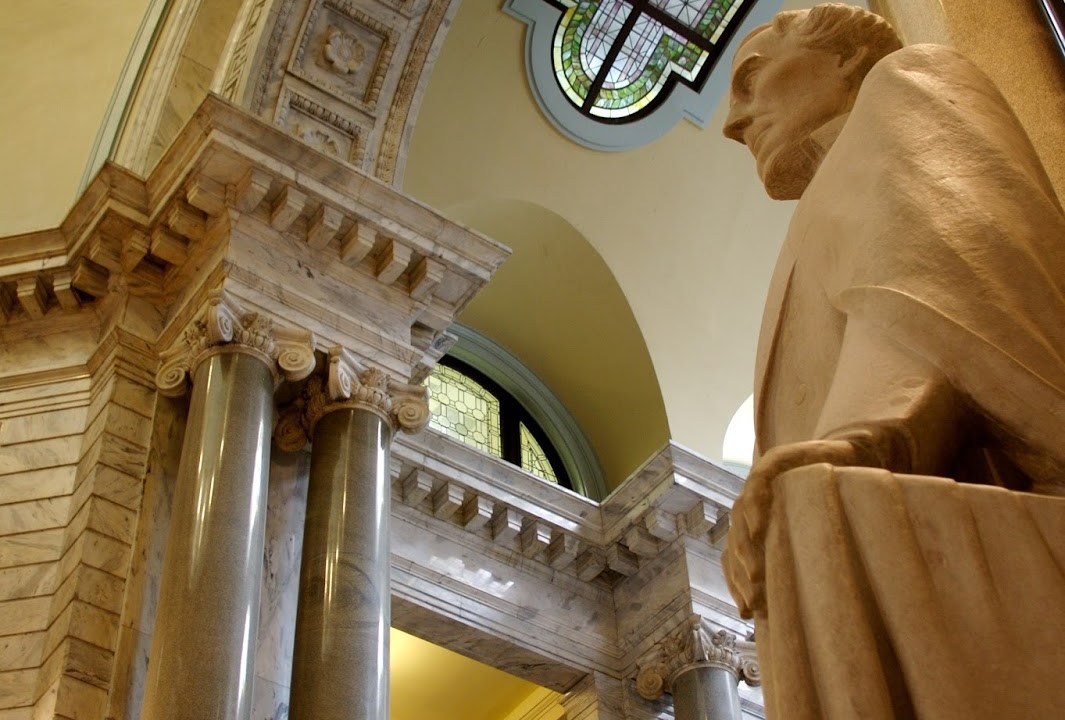






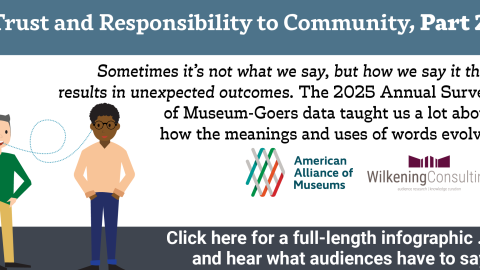
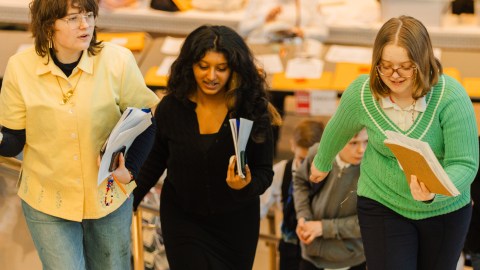
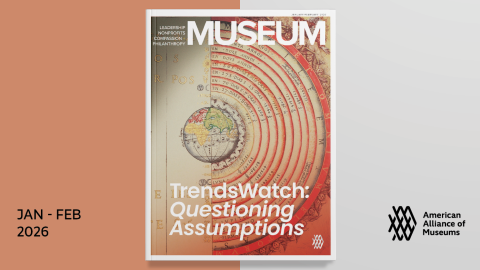
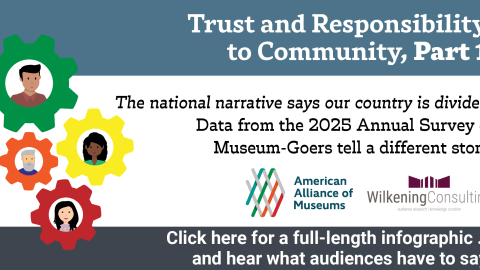
The debates on removal, maintenance, or recontextualization tend to turn on claims about the educational value of monuments to teach complex, contested, history. These debates do not, to my knowledge, rest on any actual audience research that can demonstrate how this learning takes place. Am I wrong? Are there any studies that do this? Is there research, for instance, that passersby of the Colorado Civil War Soldiers monument view it differently after the recent addition of a contextualizing plaque?
This appears to be a great opportunity. Can a study be done now about how visitors and others in the presence of the Davis statue understand it? How do they interact with it? Do they learn from it? What do they take away from it? Then, when it is moved or otherwise recontextualized, do it again.
We spend a lot of time talking about the value of making these changes. Wouldn't it be nice if we had the data to back up our claims?
Chris Graham
Chris,
You make a great point. I am not aware of any studies of that kind, but they would certainly be valuable. We need sound evidence on educational potential and would doubtless benefit from whatever the data shows.
Daniel Vivian